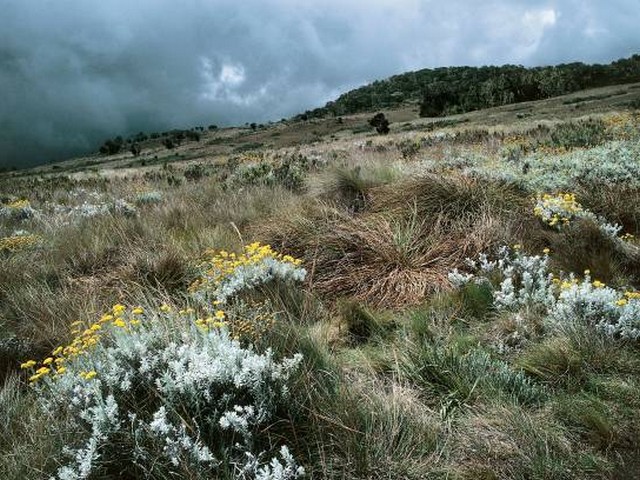Exploring the Heartbeat of Kilimanjaro: Local Culture and Traditions
Nestled majestically above the African plains, Mount Kilimanjaro is not only the highest peak on the continent but also a timeless sentinel overseeing centuries of cultural evolution and traditions. At the Kilimanjaro Centre for Trekking and Ecotourism (KCTE), we believe that understanding the local culture and traditions enriches your climbing experience, transforming it from a mere physical challenge into a profound personal journey. In this blog post, we’ll take you on an exploratory tour of the vibrant cultures and ancient traditions that thrive in the shadow of Kilimanjaro.
The Chagga People: Life on the Slopes of Kilimanjaro
A Rich Cultural Heritage
The slopes of Kilimanjaro are primarily inhabited by the Chagga tribe, one of Tanzania’s largest ethnic groups. Known for their advanced agricultural techniques, the Chagga have cultivated the fertile volcanic soils for centuries, growing crops like coffee, bananas, and maize. Their intimate knowledge of the land coupled with their agricultural prowess has made them integral to the region’s identity.
Traditional Chagga Homesteads
A visit to a traditional Chagga homestead is like stepping back in time. Homes are typically built from local materials and surrounded by lush gardens and banana groves. Inside, the homes are a showcase of traditional décor and artifacts, offering a glimpse into the daily lives of the Chagga people.
Irreecha: A Cultural Celebration
Among the most vibrant expressions of Chagga culture is the annual Irreecha festival. This event is a celebration of thanks, marked by song, dance, and the sharing of food. It is a powerful experience that encapsulates the spirit of community and gratitude that defines the Chagga people.
Maasai Tribes: The Nomadic Warriors
The Guardians of Tradition
Unlike the agricultural Chagga, the Maasai are semi-nomadic pastoralists, known worldwide for their distinctive customs, dress, and residence near game parks. Their deep connection with their livestock, which they consider a vital asset, and their coexistence with wildlife are exemplary.
The Maasai Shuka and Jewelry
The bright reds and blues of the Maasai shuka (cloth) and intricate beadwork in their jewelry are iconic. These elements are not just decorative but hold deep cultural significance, representing social status, marital status, and age-grade among other aspects.
Enkang: The Heart of Maasai Culture
The Maasai live in enkangs (villages) organized in a circular layout. These enkangs are a hive of cultural preservation, from the rites of passage that mark the transition of a warrior to a senior elder, to the communal ways of living that underline Maasai life.
Cultural Practices and Environmental Conservation
The Role of Indigenous Knowledge in Conservation
The local tribes around Kilimanjaro have a profound respect for the mountain, often viewed as a sacred entity. Their traditional practices and beliefs are intertwined with conservation efforts. For instance, the Chagga’s kihamba (agroforestry system) is a model of sustainable agriculture that balances human needs with the health of the ecosystem.
Festivals and Conservation
Festivals often serve a dual purpose; they are not only cultural celebrations but also platforms for community-led conservation efforts. These events emphasize the importance of Mount Kilimanjaro to local communities and the need to preserve this majestic mountain and its surroundings for future generations.
Why Experience Local Culture and Traditions with KCTE?
Authentic and Immersive Experiences
At KCTE, we don’t just guide you to the summit; we offer a holistic experience that immerses you in local culture. From visiting Chagga homesteads to witnessing Maasai ceremonies, our tours are designed to give you a deeper understanding of the people whose histories and futures are entwined with Kilimanjaro.
Supporting Local Communities
By choosing KCTE, you are directly supporting the local communities around Kilimanjaro. We collaborate with local guides and invest in community projects, ensuring that tourism has a positive impact on the region.
Expert Guides
Our guides are not only trekking experts but also well-versed in local customs and traditions. They are passionate about sharing their knowledge, offering you insights that go beyond the usual tourist experience.
Frequently Asked Questions
What should I wear when visiting local communities?
Respectful attire that covers shoulders and knees is recommended when visiting local communities. It’s also a good opportunity to wear any Maasai beadwork or Chagga fabrics purchased during your trip, as a sign of respect and appreciation for the local culture.
Can I participate in local festivals?
Participation in local festivals depends on the time of year you visit. Our team at KCTE can arrange for your participation in local festivals if they coincide with your visit, providing an unparalleled opportunity to experience Kilimanjaro’s culture firsthand.
How can I ensure that my visit is respectful of local traditions?
Always follow the guidance of your KCTE guide—they are trained to provide cultural dos and don’ts. Showing interest in local customs, listening more than you speak, and asking before taking photographs are all signs of respect.
Join Us for a Journey Like No Other
Embark on a journey with Kilimanjaro Centre for Trekking and Ecotourism (KCTE) and experience the majestic beauty of Kilimanjaro not just through its landscapes but through its people. Discover a world where every hike tells a story, every village visit opens a chapter of history, and every interaction enriches your understanding of this magnificent region.
Ready to explore the rich tapestry of culture and tradition on Kilimanjaro? Book your climbing adventure with KCTE today and step into a journey that touches the soul, awakens the spirit, and respects the heartbeat of Kilimanjaro.




